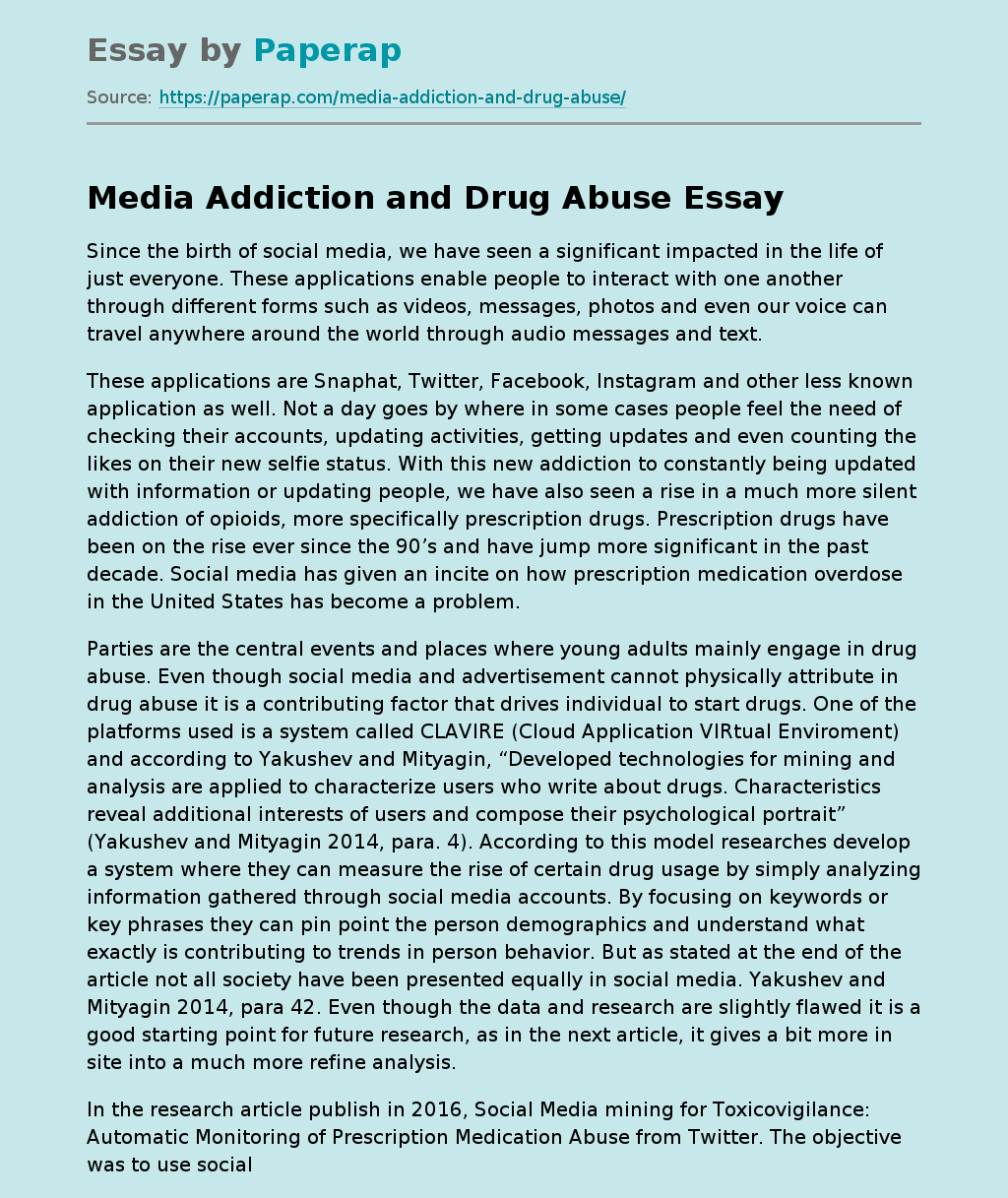Media Addiction and Drug Abuse
Since the birth of social media, we have seen a significant impacted in the life of just everyone. These applications enable people to interact with one another through different forms such as videos, messages, photos and even our voice can travel anywhere around the world through audio messages and text.
These applications are Snaphat, Twitter, Facebook, Instagram and other less known application as well. Not a day goes by where in some cases people feel the need of checking their accounts, updating activities, getting updates and even counting the likes on their new selfie status.
With this new addiction to constantly being updated with information or updating people, we have also seen a rise in a much more silent addiction of opioids, more specifically prescription drugs. Prescription drugs have been on the rise ever since the 90’s and have jump more significant in the past decade. Social media has given an incite on how prescription medication overdose in the United States has become a problem.
Parties are the central events and places where young adults mainly engage in drug abuse. Even though social media and advertisement cannot physically attribute in drug abuse it is a contributing factor that drives individual to start drugs. One of the platforms used is a system called CLAVIRE (Cloud Application VIRtual Enviroment) and according to Yakushev and Mityagin, “Developed technologies for mining and analysis are applied to characterize users who write about drugs. Characteristics reveal additional interests of users and compose their psychological portrait” (Yakushev and Mityagin 2014, para.
4). According to this model researches develop a system where they can measure the rise of certain drug usage by simply analyzing information gathered through social media accounts. By focusing on keywords or key phrases they can pin point the person demographics and understand what exactly is contributing to trends in person behavior. But as stated at the end of the article not all society have been presented equally in social media. Yakushev and Mityagin 2014, para 42. Even though the data and research are slightly flawed it is a good starting point for future research, as in the next article, it gives a bit more in site into a much more refine analysis.
In the research article publish in 2016, Social Media mining for Toxicovigilance: Automatic Monitoring of Prescription Medication Abuse from Twitter. The objective was to use social media as a resource in order to identify the prescription medication abuse through twitter post. The method behind there study was to collect twitter post with three most common abuse medication, Adderall, oxycodone and quetiapine. The over study resulted in a 82% accuracy in the collection of 119,809 tweets for Adderall, 4082 for oxycodone, 4505 for quetiapine and with 4930 tweets with no indication of abuse. Abeed et al. 2016, para. 17. The outcome was in fact that social media posting can be used to develop patterns of abuse and into a specific drug.
The legitimacy of these finding is quite positive and very informal. With social media becoming increasingly integrated into the lives of everyone it is a perfect way for further research on online exposure to substance use.
Media Addiction and Drug Abuse. (2021, Nov 11). Retrieved from https://paperap.com/media-addiction-and-drug-abuse/

